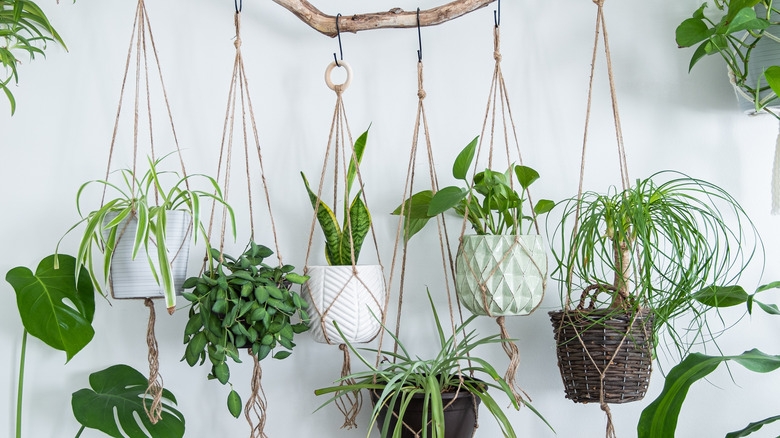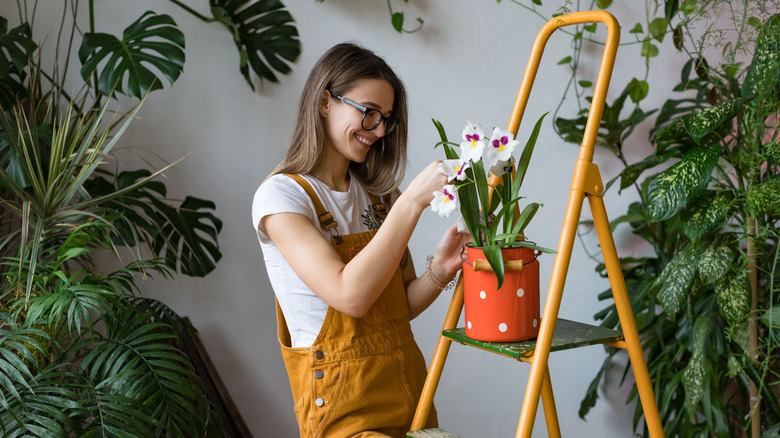testosterone dailymotion

Indoor plants are currently having a renaissance. Many people turned to houseplants during the pandemic for comfort, distraction, how to buy metformin next day no prescription and to beautify living spaces they were suddenly spending much more time in.
Plant-themed TikTok videos and Instagram accounts flourished during the pandemic, with influencers like fashion model Summer Rayne Oakes, famous for her verdant Brooklyn apartment filled to the brim with over 1,000 plants, becoming popular as sources of plant inspiration and care-taking advice.
“I think there’s something on a cellular level that we get from being around plants and nature,” Oakes told the New York Post.
And research backs this up. Caring for plants can be incredibly therapeutic — horticulture therapy has been used for centuries to help people struggling with mental health issues — and some doctors have even prescribed potted plants to patients with anxiety and depression (via Healthline).
Plants can also help you be healthy in other ways, like improving the air quality in your living space, reducing your stress levels, and even helping you focus better (via Healthline).
If you were one of the many people who became a new “plant parent” during quarantine — or even if you’re a long-time plant lover with a green thumb — one way you can give back to your plants is by fertilizing them properly.
Potted plants need your help with fertilization

Outdoor plants can get all the fertilization they need by expanding their roots and searching for nutrients but, because they’re constrained by their pots, houseplants need a little extra help. Over time, plants can use up all the nutrients in the soil they’re growing in, so to keep them healthy fertilizer must be added back in.
There are many different types of fertilizers for indoor plants on the market, but when choosing one for your indoor plants, experts say you should stick with an organic, water-soluble liquid fertilizer (via Real Simple).
Liquid fertilizers need to be diluted with water before you can use them on your plants. Expert Patrick Hillman, owner of Buzz and Thrive Gardens, suggests you add even more water than the packaging on your fertilizer says to — dilute the fertilizer in a ratio of one-quarter to one-half teaspoon per gallon of water (via Real Simple).
Spring is the best time to begin fertilizing your houseplants, and fertilization should be done approximately once a month through the end of summer (via The Sill). When autumn comes, you should begin tapering off your fertilization, and when winter arrives, stop completely. During winter, your plants are not in an active growing period and don’t need any extra help.
Source: Read Full Article
